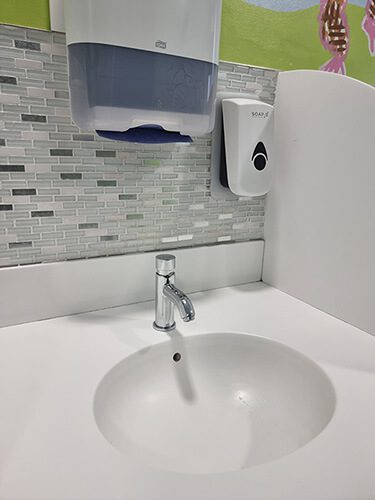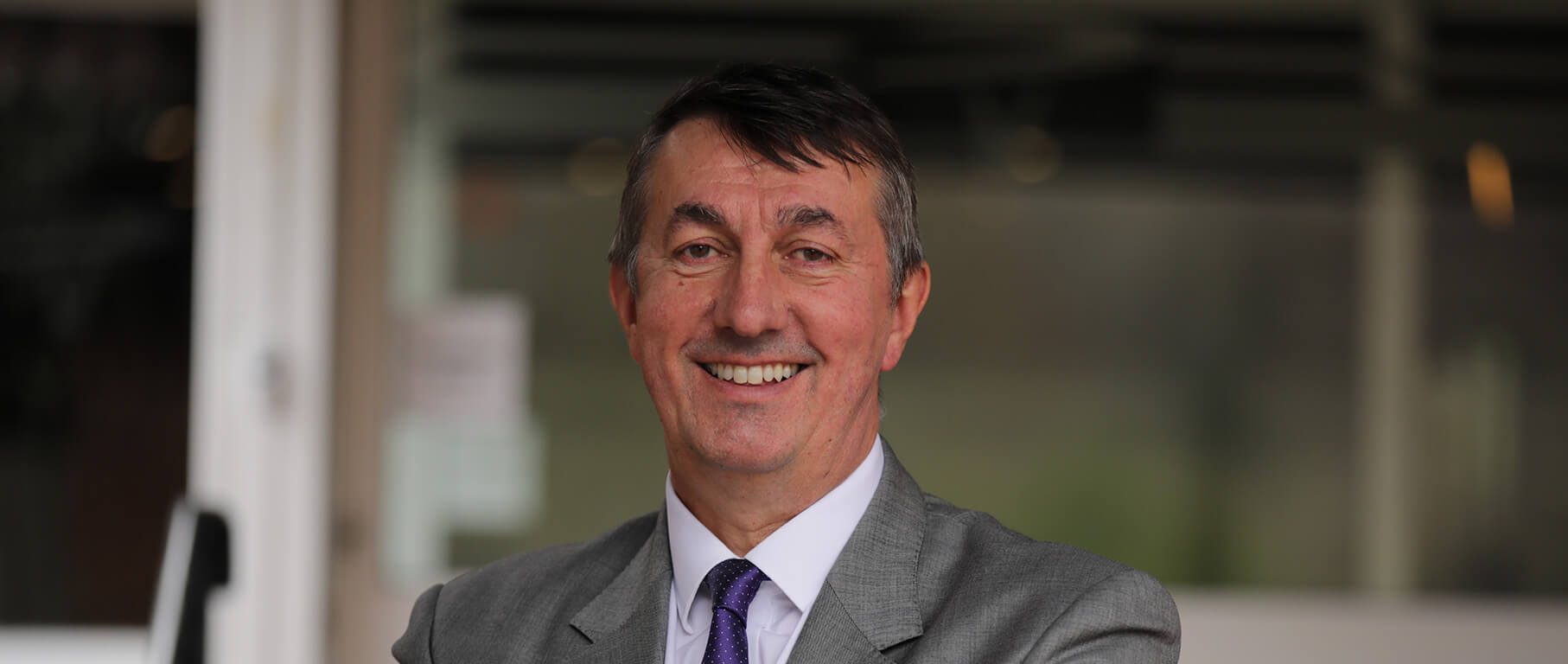Sustainable soap – a new solution to an old problem

The Q3 team at the Alhambra Centre in Barnsley has recently introduced a new, environmentally friendly soap system to the public loos in the shopping centre. The soap solution, called Soap2O is made from biodegradable materials and its unique design eliminates the use of single-use plastics, as well as drastically reducing packaging and waste.
Individual sachets, about the size of a small conventional bar of soap, contain the soap in a powder form. These are dropped into the reservoirs of the dispensers in the washroom and dissolved in water which is readily available from the washroom. The sachets are water soluble and break down as the solution is mixed, leaving only the outer carboard packaging to be recycled. So, there is no waste product, container, or cartridge, as one has come to expect with traditional hand-soap dispensers.
Each dispenser has a capacity of 1,500 shots so there is no pressure on our service teams to constantly replenish them. The soap is dispensed as a hygienic foam with a pomegranate and cranberry fragrance, and we really think they will be a hit with the shopping centre visitors.
Sustainability is an important part of Q3’s approach to its cleaning service and we are always keen to explore innovative alternatives that help reduce our carbon footprint and remove toxic chemicals and waste from our operations. Apart from the obvious advantages of this soap system, there are also additional benefits from shipping product in concentrate, in the form of reduced transportation cost and less storage space, which both contribute to a reduction in CO2 emissions.
 Channel Islands
Channel Islands

